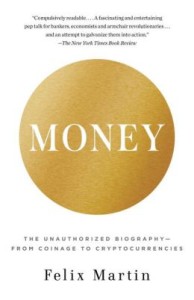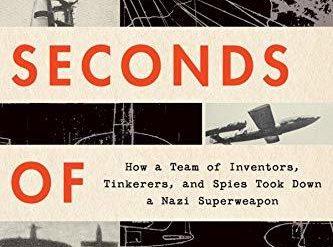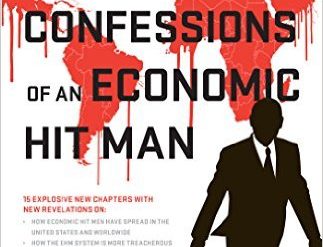
You get what you pay for with Money by Felix Martin. Yes, this book really does tell the story of money from its origins in Mesopotamia and Greece thousands of years ago to today’s endlessly complex international economy. At times, the book is rough going. It appears to have been written by a Ph.D. in economics who may presume a little too much about the ability of the general reader to engage in the sort of mental gymnastics necessary to understand the money market.
Still, the storyline is clear: this is the tale of how philosophers, businesspeople, financiers, and politicians have engaged in a debate over the centuries about the nature of money — with the wrong definition emerging as orthodoxy, according to the author, Felix Martin. That misunderstanding of what money is and isn’t has had doleful consequences, he asserts — including the Great Recession sparked in 2008.
Through the ages, Martin argues, the predominant view of money is that it is a commodity — a thing like any other — used to facilitate exchange. “The problem,” Martin writes, “is that money is not really a thing at all but a social technology: a set of ideas and practices which organise what we produce and consume, and the way we live together. When it comes to money itself — rather than the tokens that represent it, the account books where people record it, or the buildings such as banks in which people administer it — there is nothing physical to look at.”
Money: The Unauthorized Biography — From Coinage to Cryptocurrencies by Felix Martin (2014) 338 pages ★★★★☆
By contrast, the alternative view — the correct one, in Martin’s view — is that money is simply a form of credit, an IOU. Coins and currency are simply representations of money; so are bonds, letters of credit, commercial paper, and other financial instruments that facilitate trade today. Once upon a time (actually, before 1973, when Richard Nixon took the US off the gold standard) money was given value by precious metals, either silver or gold. This led to what Martin sees as confusion, giving kings, bankers, and the practitioners of that dismal new social science, economics, reason to believe that money possessed some objective reality quite irrespective of the parties to any financial exchange.
Many policymakers today, including (I deduce) those in the (US) Republican and (UK) Conservative parties, still make that same mistake, which has led them to shrink the money supply when it should be expanded and focus on specific inflation targets when they should instead pay the most attention to providing enough credit for business to grow and consumers to buy its products. Why? Because “hoping that the market mechanism will impose limits on itself is a pipe dream.” For example, it was these mistaken policies that helped turn the Crash of 1929 into the depths of the Depression.
Bringing life to the economic debate
Although much of Money relates the intellectual back-and-forth among philosophers, economists, and politicians, Martin manages to lift the discussion well above the level of an economics textbook by bringing to life the circumstances and ideas of the principal debaters. Among the stars in Money are familiar 20th- and 21st-century figures such as John Maynard Keynes, Milton Friedman, and Lawrence Summers. However, Aristotle, Plato, Adam Smith, John Locke, John Stuart Mill, Walter Bagehot, and other influential thinkers from the past join the cast, too. Martin pays special attention to Locke and Bagehot, who represented opposing poles in the debate about the nature of money.
Much of Money is devoted to answering a question posed by Queen Elizabeth II to the faculty of the London School of Economics just seven weeks after Lehman Brothers had collapsed and sent the world economy into a tailspin: “why had none of them seen the crisis coming?” The answer they gave half a year later was “that nobody had seen the big picture: that whilst ‘[i]dividual risks may rightly have been viewed as small . . . the risk to the system as a whole was vast.'” But Martin regards Alan Greenspan’s answer in testimony before the US Congress as far more satisfactory: “He did not deny that his job had been precisely to understand how the economy worked as a whole. The problem was, he explained with admirable honesty, that his understanding had simply been wrong.”
Felix Martin knows whereof he writes. He describes himself as a macroeconomist and bond investor, who happens to have a Ph.D. in Economics from Oxford University. Money is his first book.
For more reading
This is one of the books I’ve included in my post, Gaining a global perspective on the world around us.
This book is included in my list of My 10 favorite books about business history.
You may enjoy browsing through 20 top nonfiction books about history.
If you enjoy reading history in fictional form, check out 20 most enlightening historical novels.
And if you’re looking for a broader view of human history, check out New perspectives on world history.
And you can always find my most popular reviews, and the most recent ones, plus a guide to this whole site, on the Home Page.


























